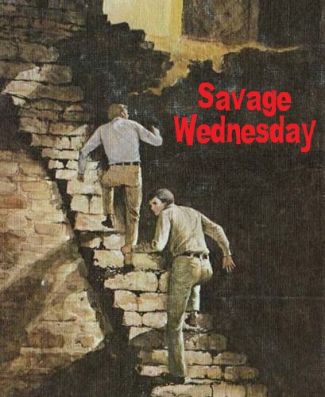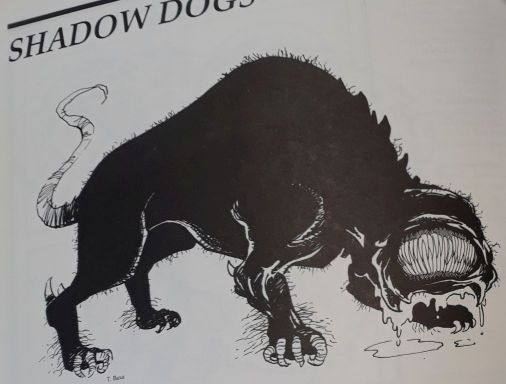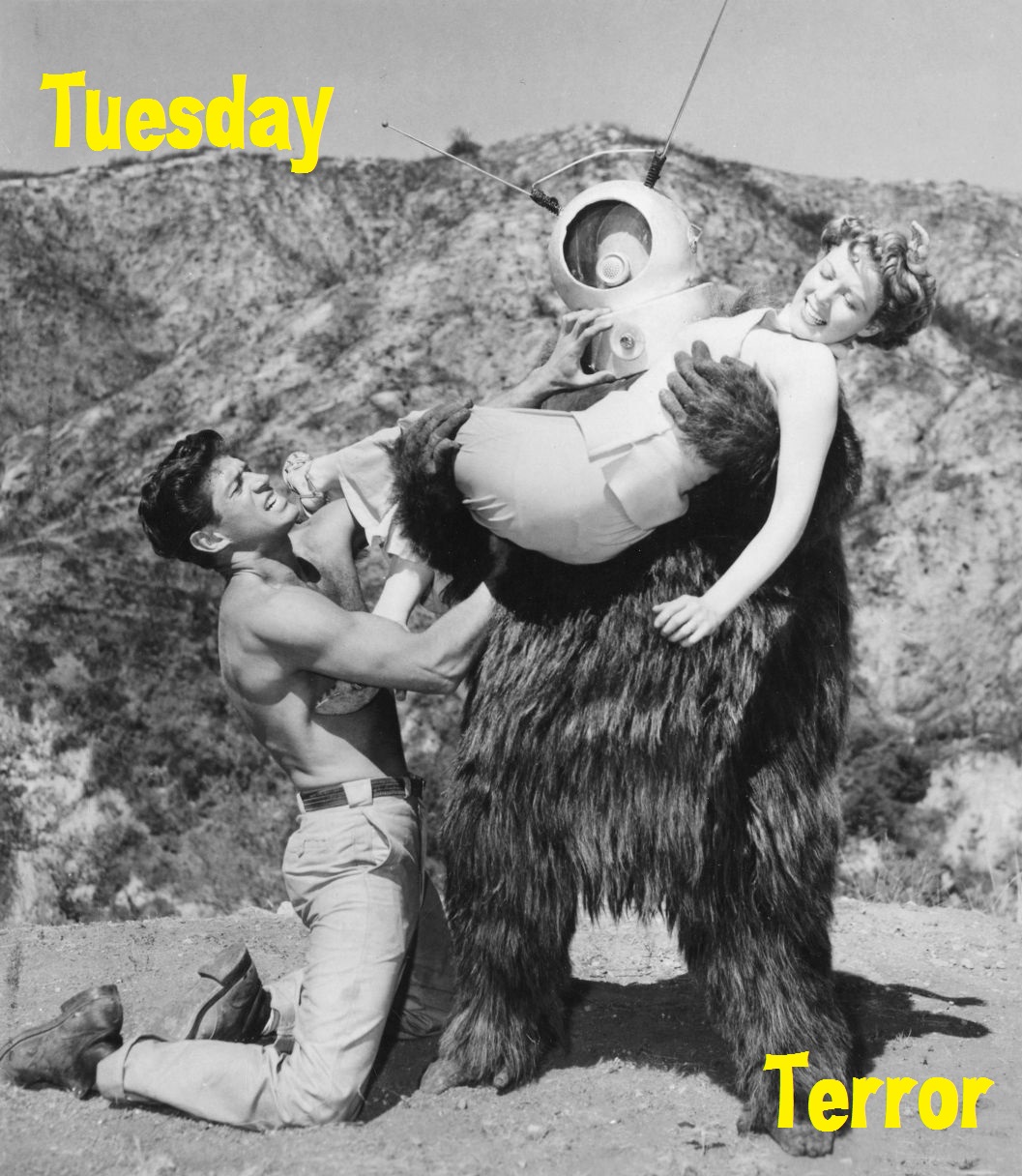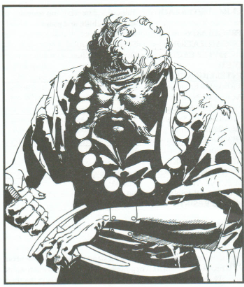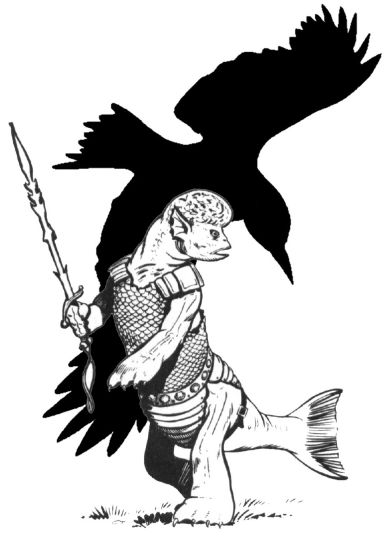ThursdAD&D: Goemul
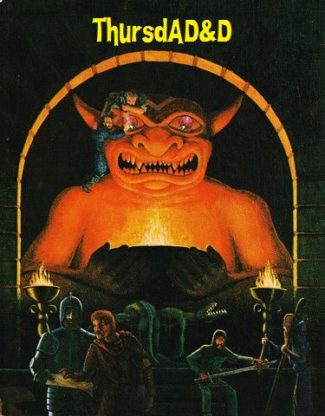
I am almost done with the first six episodes of Netflix’s Kingdom. This South Korean TV series is great. Set during the Joseon period of Korean history, it tackles common tropes related to political intrigue and official corruption common to many period dramas. To this somewhat standard fare, Kingdom adds a plague of nocturnal zombies, once again showing that Korean film makers know how to do survival horror better than almost everything churned out by Hollywood. (Also see what is probably the best zombie movie in the last several years, Train to Busan.)
Goemul
Frequency: Very rare (see below)
No. Appearing: 1-6
Armor Class: 8
Move: 12″
Hit Dice: 1-6 hit points
% in Lair: Nil
Treasure Type: Nil
No. of Attacks: 1
Damage/Attack: 1-4
Special Attacks: Disease
Special Defenses: See below
Magic Resistance: Standard
Intelligence: Animal
Alignment: Neutral
Size: M
Psionic Ability: Nil
Attack/Defense Modes: Nil
Level/XP Value: II/36 + 1/hp
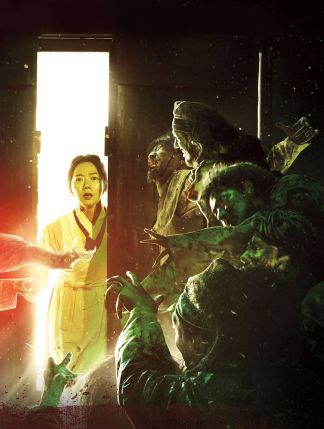
Climate/Terrain: Any climate/any land
Organization: Mob
Activity Cycle: Nocturnal
Diet: Carnivore
Morale: Fearless (20)
Goemul appear much like zombies, but they are not undead. Instead, they are the victims of a disease that rapidly causes what appears to be death followed by renewed, violent activity aimed at further spreading the contagion. The disease destroys the victim’s intelligence and personality, turning the victim into a ravenous cannibal.
A goemul does not feel pain or exhaustion. It is immune to effects that inflict pain or cause sleep. Weapons inflict minimum damage on a goemul. Most of its organs are no longer vital. A strike to the head inflicts normal damage. Treat the goemul’s head as a armor class 4 for melee attacks. For ranged attacks against the head, treat short range as medium and medium range as long.
A goemul’s typical attack involves charging its victim in order to overbear. The goemul makes a melee attack as normal. If the victim is wearing leather or padded armor, the goemul gets a +2 “to hit” bonus. Against chain, ring, or scale mail, it gets a +4 “to hit” bonus. Against banded, plate, and splint, the goemul gets a +6 “to hit” bonus. If the overbear attack succeeds, the victim takes 1-4 points of damage, but only 50% of this damage is actual; the balance is restored at the rate of 1 hit point per round. Of course, the victim becomes prone.
The goemul’s most dangerous attack is its bite. The goemul has a +2 bonus “to hit” a prone target with its bite. A target damaged by a goemul’s bite must make a saving throw versus paralyzation, modified by dexterity defensive adjustment and bonuses to armor class due to armor and shield. A failed saving throw results in the target being incapacitated due to intense pain for one melee round. After this time, the victim ceases movement and appears dead for another 1d2 melee rounds. Then, the victim’s transformation into a goemul is complete. A cure disease spell applied before the transformation is complete stops the disease from the transforming the victim into a goemul. The victim remains unconscious with 1 hit point.
Goemul are active only at night. As the sun rises, they quickly find a place to hide and then become dormant. A goemul will not wake up until after the sun sets, remaining unconscious even if moved or attacked.
Goemul are very rarely encountered. A goemul is first formed when a living humanoid consumes the flesh of a chulcheo-goemul’s victim. A chulcheo-goemul results from attempting to treat a terminally ill humanoid with the so-called “resurrection plant”. This rare flower restores the patient to life and health, but transforms the patient into a chulcheo-goemul. A chulcheo-goemul’s victims do not transform into goemul.
Goemul are much feared. Unleashed in a crowded area, such as in a village, a mob of goemul can quickly grow into a horde that may overwhelm the countryside and beyond.
